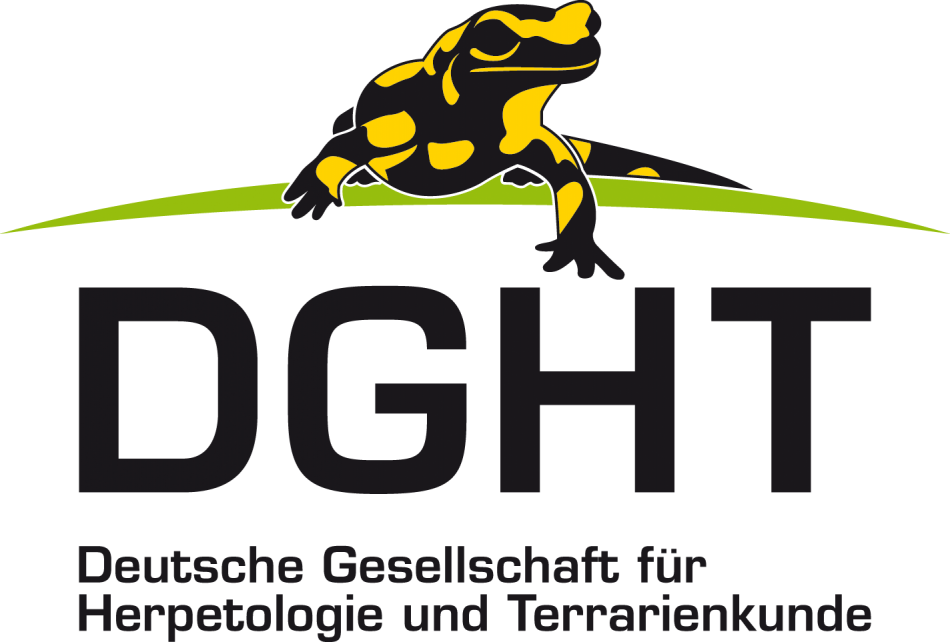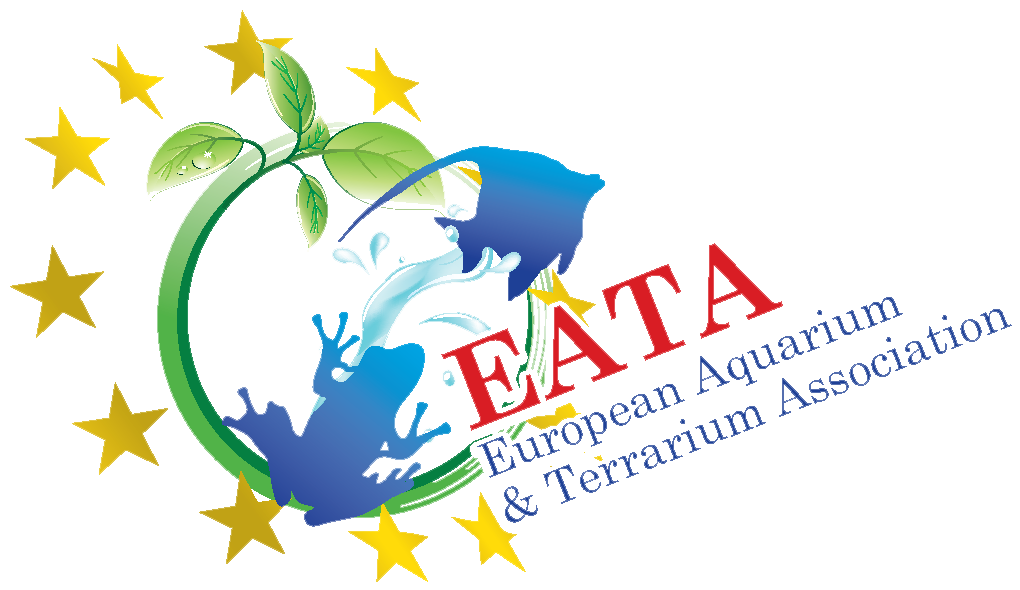Conservation-Terraristik
The traditional cooperation between hobby terrariums, professional science, zoos and nature conservation in Europe began over 100 years ago with the "Salamander, informal association of younger terrarium and aquarium friends" founded in 1918. This first and still the world's largest association of terrarium keepers and scientists was renamed in 1964 as the "German Society for Herpetology and Terrarium Science" (DGHT). In addition to the DGHT and some other associations organized in the EATA, many smaller vivaristic associations and terraristic interest groups are also involved in conservation breeding projects for amphibians and reptiles.
Numerous species of amphibians and reptiles are threatened with extinction today, some will only have a chance of survival in human care. Against the dramatic backdrop of the collapse of global biodiversity, the research and coordinated breeding of wild animals in captivity is essential in the fight against species extinction. Since the spatial and temporal capacities of the zoos are limited, it is of crucial importance to also involve committed private owners in conservation breeding projects. Private terrarium keepers can help maintain a relevant number of species in the minimum required population size.
Unfortunately, the responsible private keeping of wild animals such as amphibians and reptiles is often questioned, which is a completely incomprehensible development in view of the worldwide extinction of species, especially due to habitat loss. The aim of terrarium hobby must also be to create a broad social consensus for sustainable wildlife husbandry and to publicly recognize the commitment of animal owners to species conservation. Coordinated conservation breeding projects for amphibians and reptiles such as "Citizen Conservation" offer the chance that private terrarium keepers can also make a countable contribution to species protection.
At http://www.eata-online.org/de/projekte-terraristik (see tab "Projects") you will find some important projects. This list does not claim to be complete; it is constantly being expanded and supplemented.
Project list (excerpt):
 |
|

